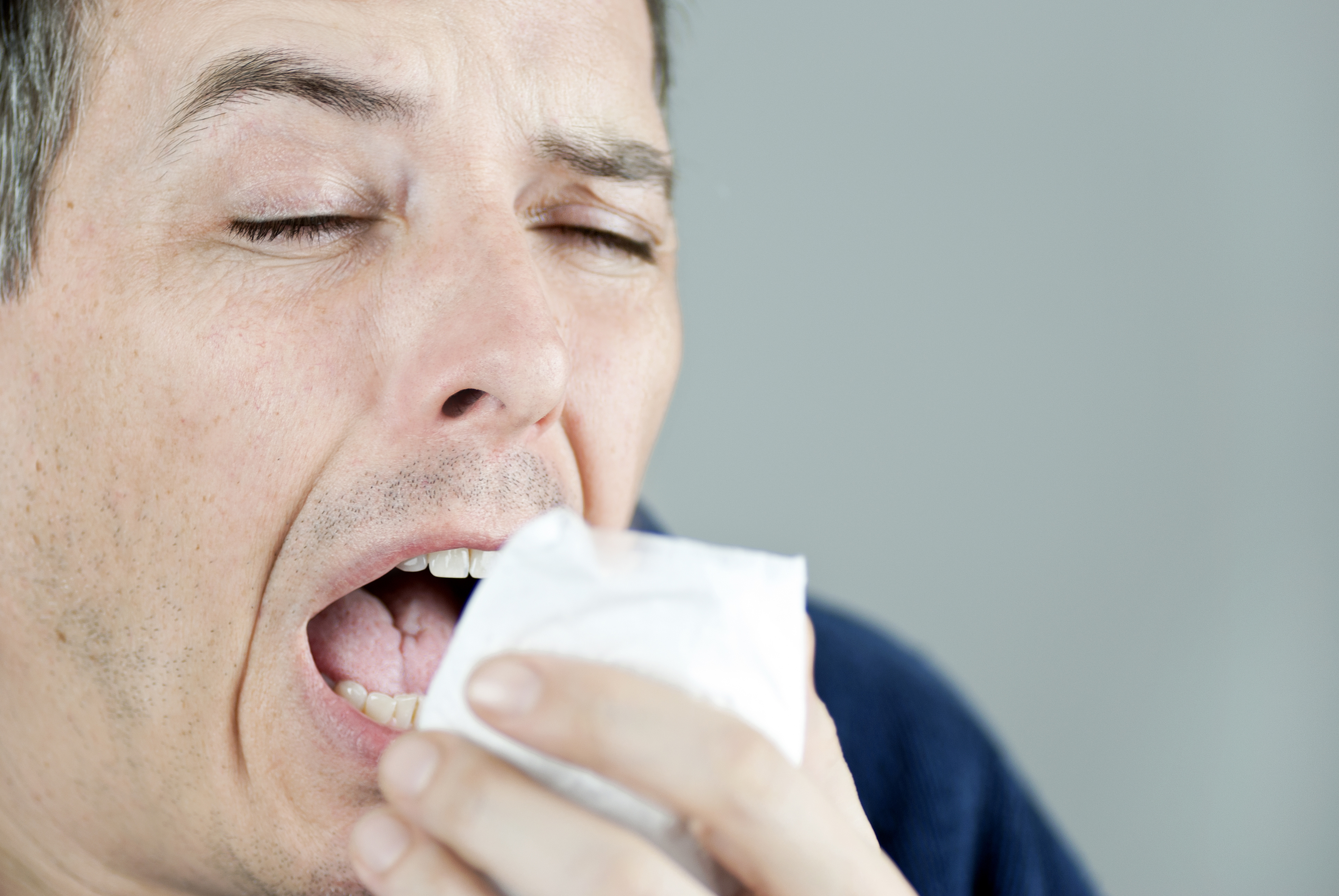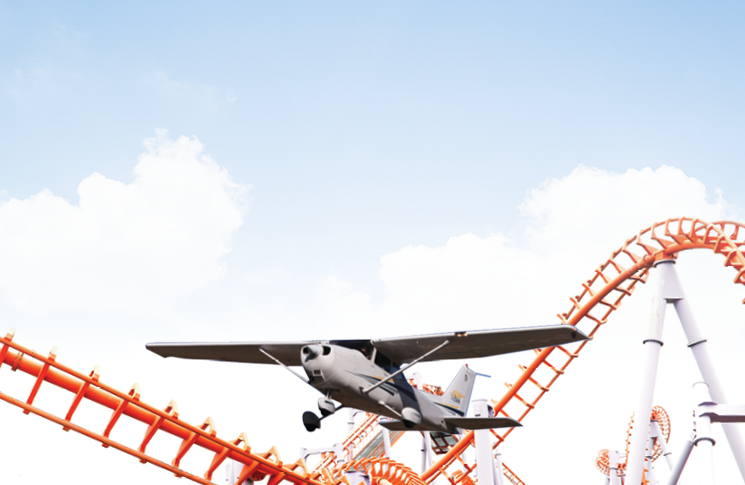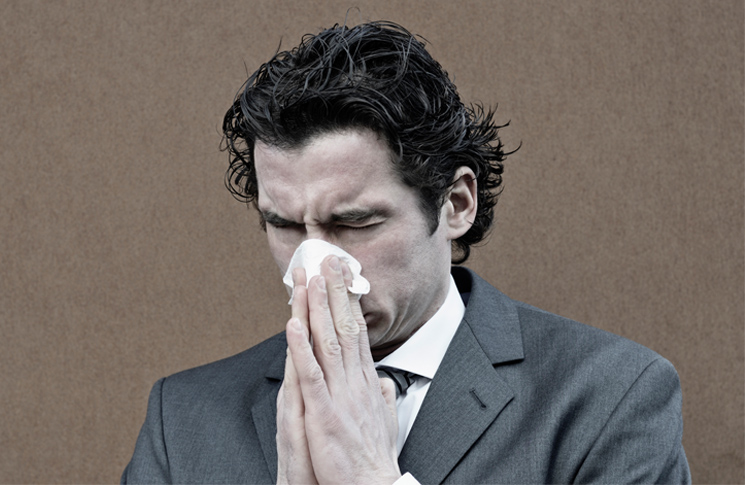New research from the US appears to contradict the view that aircraft are hotbeds for the spread of infectious diseases such as influenza – but where you sit can be important.
The study suggests the best way to avoid the risk of contracting flu on a plane is to sit by a window and thus avoid moving during relatively short flights.
A report in Proceedings of the National Academy of Sciences, suggests that airline passengers infected with influenza aren’t likely to infect other passengers who sit more than two seats to the left or right, or more than two seats in front or behind.
‘In other words, your chances of contracting the flu from an infected passenger are slim—unless you’re sitting within about … one metre of them,’ the report says.
A team from Georgia Institute of Technology and Emory University used paired observers seated every five rows, each using an iPad app, to track the movement of passengers and crew in single-aisle aircraft over the course of 10 intercontinental flights, eight of which were during the flu season.
The researchers developed a model that allowed them to determine likelihood of infection during flights. As well as recording the movements of passengers and crew, the team also collected air and surface samples from areas most likely to host microbes.
‘This was the first study to quantify passenger movement, behaviors, and social contacts and to estimate transmission likelihood using a data-driven model,’ Georgia Institute of Technology mathematician Howard Weiss told Gizmodo.
‘The simulations provide compelling evidence that for influenza, if you are not seated within a meter of an infected passenger, and you practice careful hand hygiene, then you are unlikely to get infected during flight.’
The authors used the example of an infected person sitting in the middle of the plane. According to their models, passengers who sat in the row directly in front or behind, or within two seats laterally (to the left and right), had an 80 per cent or greater chance of becoming infected. But for everyone else, it was only 3 per cent.
An infectious crewmember was found to have the potential to infect an average of 4.6 passengers per flight.
The study was also interesting in what it revealed about seat designations and passenger movement. This is important because the more a passenger moves around a plane, the greater chance they have to come into contact with germs, or the more chance they have to spread germs if they are infected.
About 40 per cent of passengers never leave their seats during transcontinental flights, another 40 per cent get up at least once, and 20 per cent get up twice or more. About 40 per cent of passengers who sit next to the window will get up, compared with 60 percent in a middle seat and 80 percent with an aisle seat. Passengers who got up did so for an average of five minutes.
The authors suggest a contributing factor to the fact that people appear to get sick while travelling is that disease transmission also occurs while waiting, boarding and exiting aircraft.
This study was limited to flights that ran between two to five hours, and to respiratory viruses such as influenza, rather than more contagious viruses and bacteria like chicken pox, measles and tuberculosis which spread over longer distances.
Further reading:
Behaviors, movements, and transmission of droplet-mediated respiratory diseases during transcontinental airline flights Proceedings of the National Academy of Sciences of the United States of America, March 19, 2018





